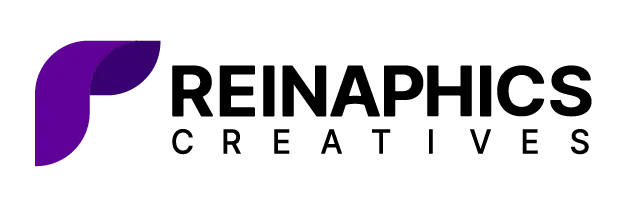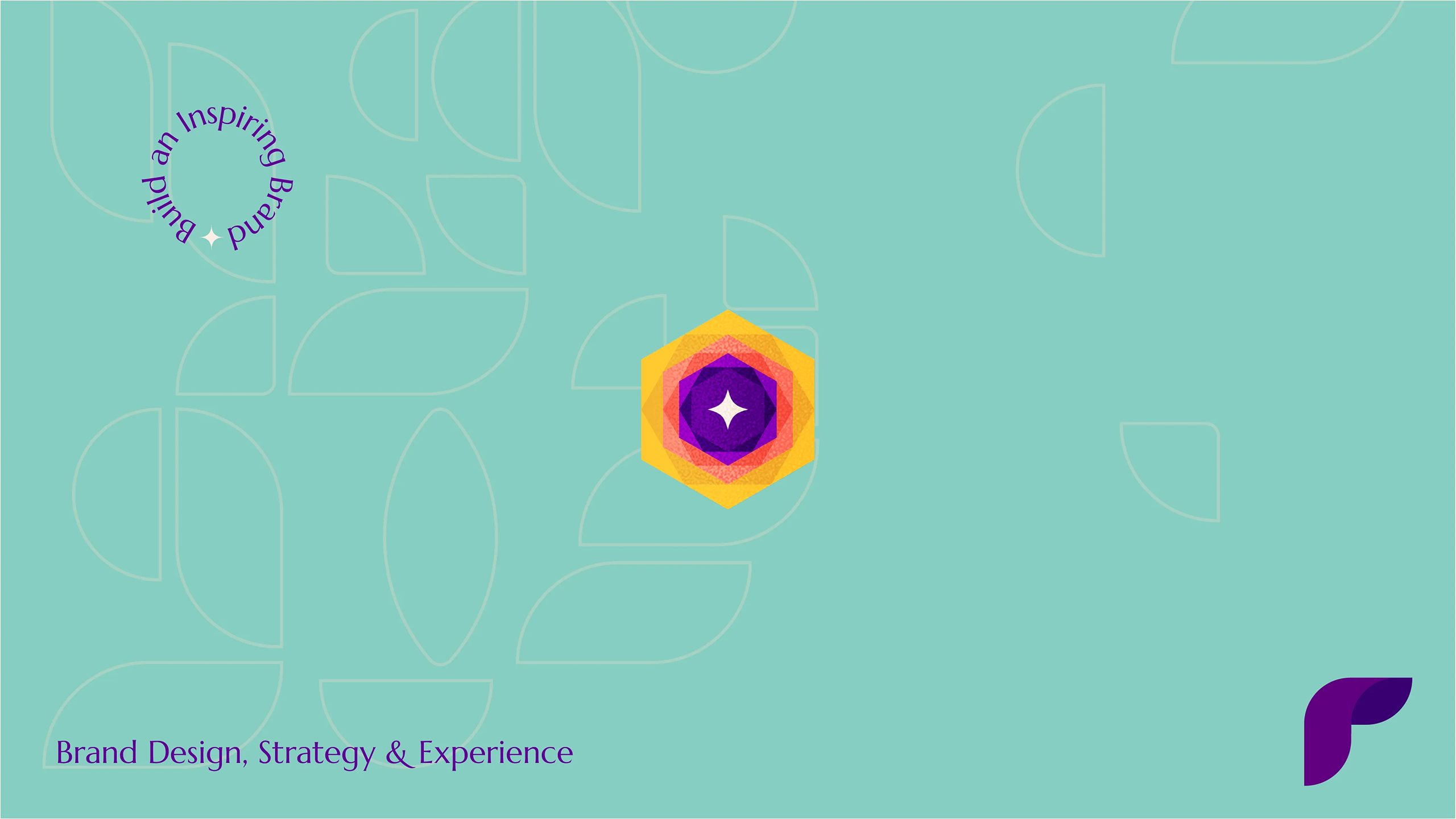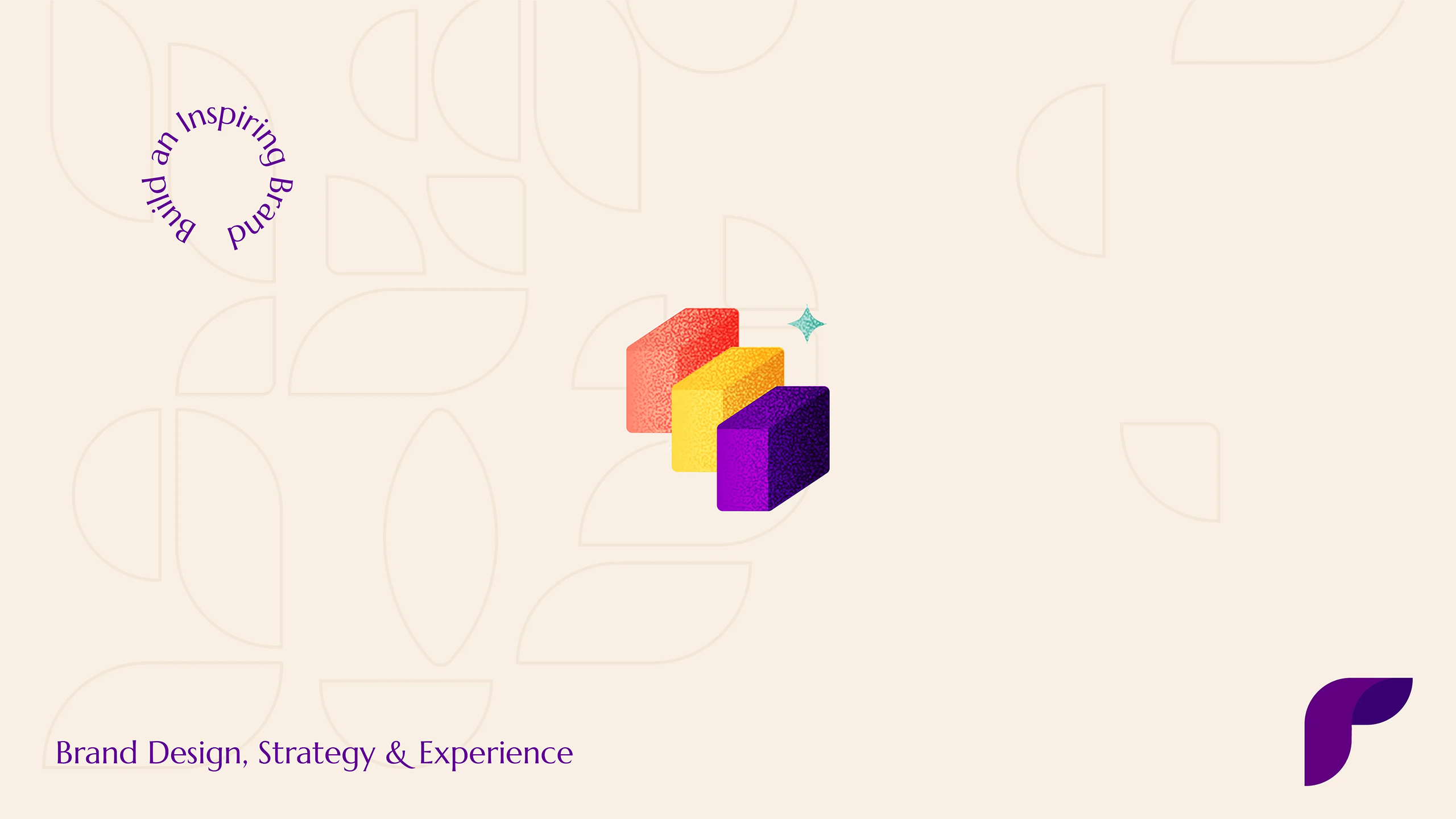The digital revolution has fundamentally transformed how consumers interact with product packaging design.
What was once a simple vessel for protection and information has evolved into a powerful marketing tool capable of generating millions of social media impressions. As brands manage this, the intersection of physical packaging and digital marketing has become increasingly crucial for market success.
Inside this article,
The psychology of shareability
Understanding what drives social sharing behavior is fundamental to creating viral packaging designs. The human brain processes visual information 60,000 times faster than text, making visual appeal crucial for capturing initial attention.
Successful packaging designs tap into emotional triggers such as joy, surprise, or nostalgia, compelling consumers to share their experiences online. Brands that master these psychological elements create packaging that naturally encourages social sharing.
The Instagram effect on packaging design
Instagram’s visual-first platform has revolutionized packaging design considerations. The rise of “Instagrammable” packaging has led brands to prioritize aesthetics that translate well to social media feeds.
Success stories like beauty brand Glossier demonstrate this approach perfectly – their signature pink bubble wrap pouches became a social media phenomenon. This proves that simple, photogenic packaging can drive significant organic marketing success.
Unboxing culture and its impact on packaging
The phenomenon of unboxing videos has created a new dimension in packaging design. With millions of viewers tuning in to watch product reveals on YouTube and TikTok, brands must carefully choreograph the unboxing experience.
This trend has sparked innovation in packaging layers, reveal sequences, and presentation elements. However, brands face the challenge of balancing these elaborate unboxing moments with growing demands for sustainability.
Apple’s iPhone packaging represents the gold standard of unboxing experiences, with its perfectly engineered box creating a dramatic “lift-off” moment. The precise spacing, satisfying suction sound when lifting the lid, and methodically arranged components create a sense of ceremony that has inspired countless unboxing videos, with creators meticulously documenting every aspect of opening a new iPhone.
Typography and messaging in shareable packaging
The role of typography in viral packaging cannot be understated. Memorable taglines and messages, when paired with distinctive typography, can significantly enhance screenshot-worthy moments.
Successful brands understand that font choices must not only be legible but also contribute to the overall shareable aesthetic, creating packaging that demands to be photographed and shared.
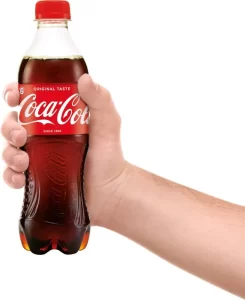
For example, Coca-Cola’s iconic script lettering, developed in 1887, remains one of the most recognized logos worldwide. The flowing typography has become so distinctive that even when written in different languages or scripts, consumers can instantly identify it as Coca-Cola.
Also read: Typography in packaging design: How to choose the right fonts
Innovative shapes and structures
Breaking away from traditional packaging forms can create instant viral appeal. Unique structural designs that surprise and delight consumers often translate into social media success. However, brands must carefully balance novelty with practicality, ensuring that innovative shapes don’t compromise functionality or shipping efficiency.
Toblerone’s triangular prism packaging, inspired by the Swiss Alps’ Matterhorn mountain, has become so distinctive that the shape itself is instantly recognizable even without the brand name visible. This structure not only protects the chocolate but has become a cultural icon, frequently photographed and shared by travelers in duty-free shops worldwide.

Interactive and smart packaging
Modern packaging increasingly incorporates digital elements that enhance shareability. QR codes and augmented reality features create interactive experiences that bridge the physical and digital worlds.
NFC technology enables instant content sharing, while gamification elements encourage engagement. These technological integrations transform passive packaging into active marketing tools.
Personalization and limited editions
Personalized packaging taps into consumers’ desire for unique, individual experiences. The success of campaigns like “Share a Coke” demonstrates how personalization drives social sharing. Limited edition designs create FOMO (Fear of Missing Out), encouraging immediate sharing and viral spread across social platforms.
Also, most successful viral packaging often resonates with specific cultural moments or trends.
Adapting designs for different markets while maintaining brand consistency can create powerful connections that drive sharing within specific communities. Brands that successfully tap into cultural trends often see their packaging become viral sensations.
Collaborations and co-branding in packaging
Unexpected brand collaborations can create instant viral moments. When two brands combine their aesthetic approaches, the result often generates significant social media buzz. These partnerships can expand reach across different audience segments, creating packaging that appeals to multiple fan bases simultaneously.
Supreme x Louis Vuitton’s collaboration packaging merged streetwear culture with luxury fashion, creating iconic red boxes featuring both brands’ logos. This limited-edition packaging became a status symbol in itself, with empty boxes selling for hundreds of dollars on resale markets and generating massive social media buzz among fashion enthusiasts.
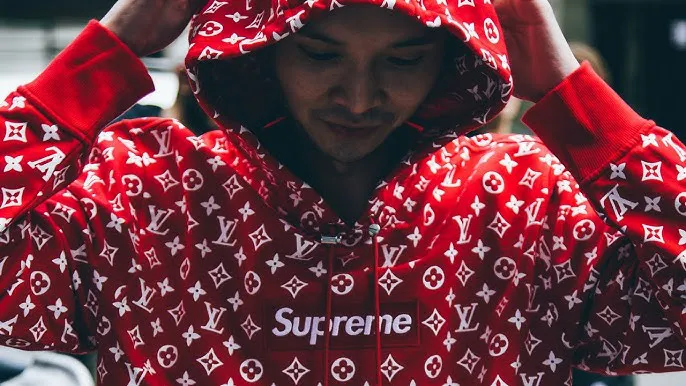
Seasonal and event-based packaging
Seasonal packaging designs and event-tied releases provide natural opportunities for social sharing. Limited-time offerings create urgency while leveraging existing holiday conversations and trending topics. The key lies in balancing brand consistency with seasonal creativity to create shareable moments that feel both timely and authentic.
Starbucks’ holiday red cups have become an annual cultural phenomenon that signals the start of the festive season.
This year, they have gone for unique Diwali gift hampers with traditional coffee brews, sweet boxes, a coffee scented candle, and even a stuffed bear toy wearing a traditional Indian outfit.
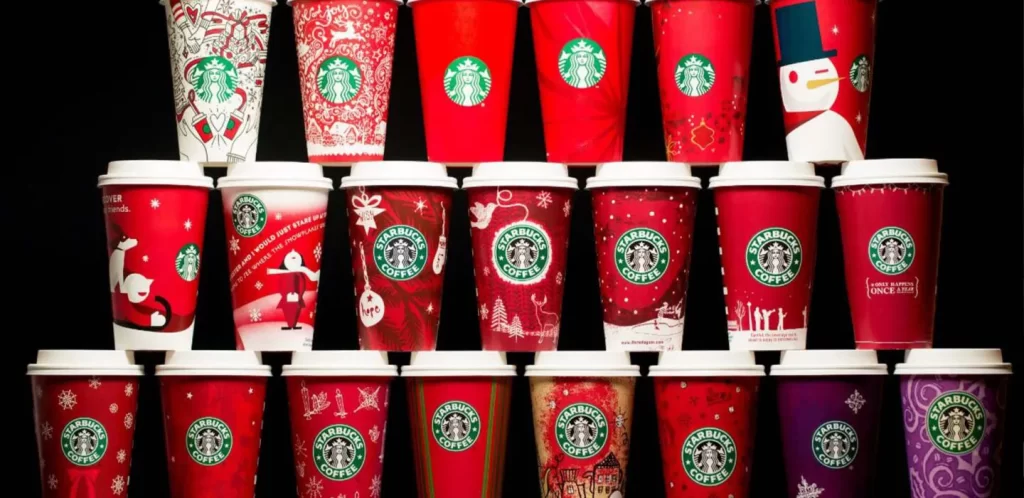
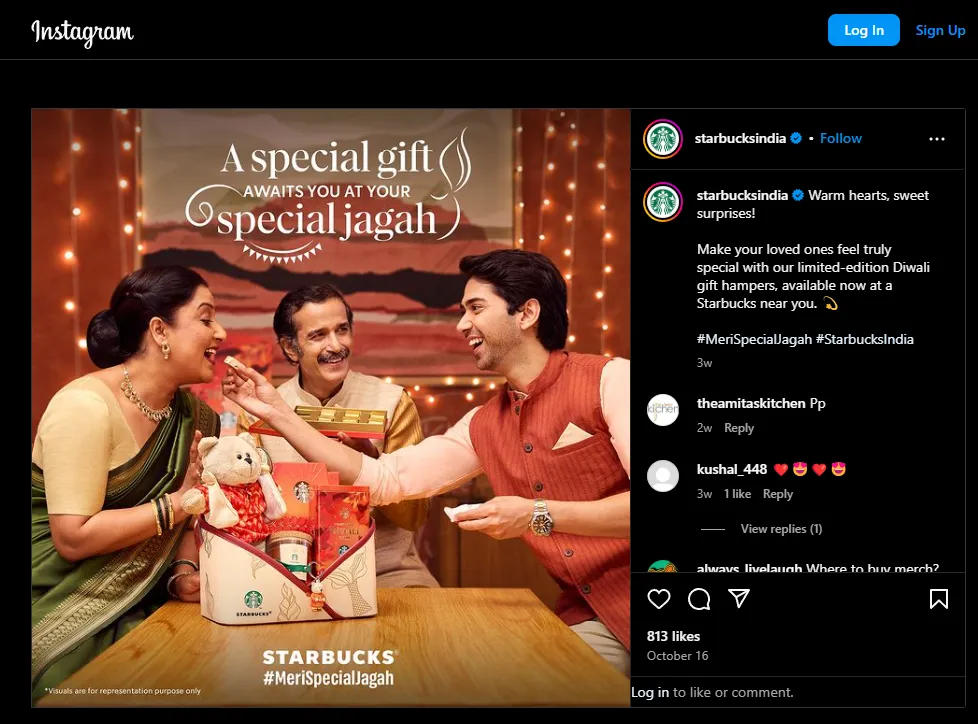
The reveal of each year’s design generates massive social media engagement, with customers eager to be among the first to share photos of the new seasonal cups.
Also read: Design for different audiences: Mastering graphics across platforms
Challenges and limitations
While pursuing viral success through packaging design, brands face significant challenges. Environmental concerns about excessive packaging must be balanced against the desire for shareable unboxing experiences.
Managing consumer expectations set by highly produced designs while maintaining practical functionality requires careful consideration. Success requires understanding social media dynamics, leveraging innovation responsibly, and creating genuine connections with consumers.
Conclusion
The future of packaging design lies in creating authentic, shareable experiences that resonate with digital audiences while maintaining brand integrity.
As brands continue to push creative boundaries, the most successful will be those that find the sweet spot between viral appeal and practical functionality. Only this can encourage natural sharing while staying true to their core values.
